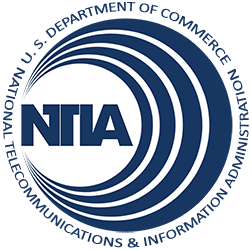Broadband Construction Season
While stuck in construction traffic the other day, I thought of the old cliché that there are only two seasons – winter and road construction. But after visiting the Central Valley Independent Network’s (CVIN) offices in Fresno, California this summer, I would add broadband construction as a third season.
For CVIN and all other Broadband Technology Opportunities Program (BTOP) projects, summer is a time to build. Whether it’s hanging fiber on utility poles or trenching, plowing, and drilling underground, our awardees and their construction crews are busy at work.
Broadband is a world of extremes: it takes heavy-duty, 10-ton equipment to install fiber strands that are as small as a human hair. It takes months and years of hot, sweaty, dust-filled workdays to build a network that will provide massive amounts of data to end users at speeds measured in millionths of a second. It takes hundreds of man-hours, at a pace of 1000 feet per day to install the fiber that will connect our schools and hospitals with resources on the other side of the planet with just the click of a mouse.
As a Federal Program Officer overseeing a number of our BTOP projects, I’m constantly collecting numbers that gauge progress from my awardees: miles of fiber and conduit installed; crews in the field; targets and milestones for connecting community anchor institutions (CAIs) and so-called last mile service providers – all with an eye toward completing the projects on time and on budget. Despite the weekly conference calls, quarterly and annual reporting, and internal analysis at the program office, there’s just no substitute to getting out in the field to understand exactly what our awardees’ crews experience on a daily basis.
